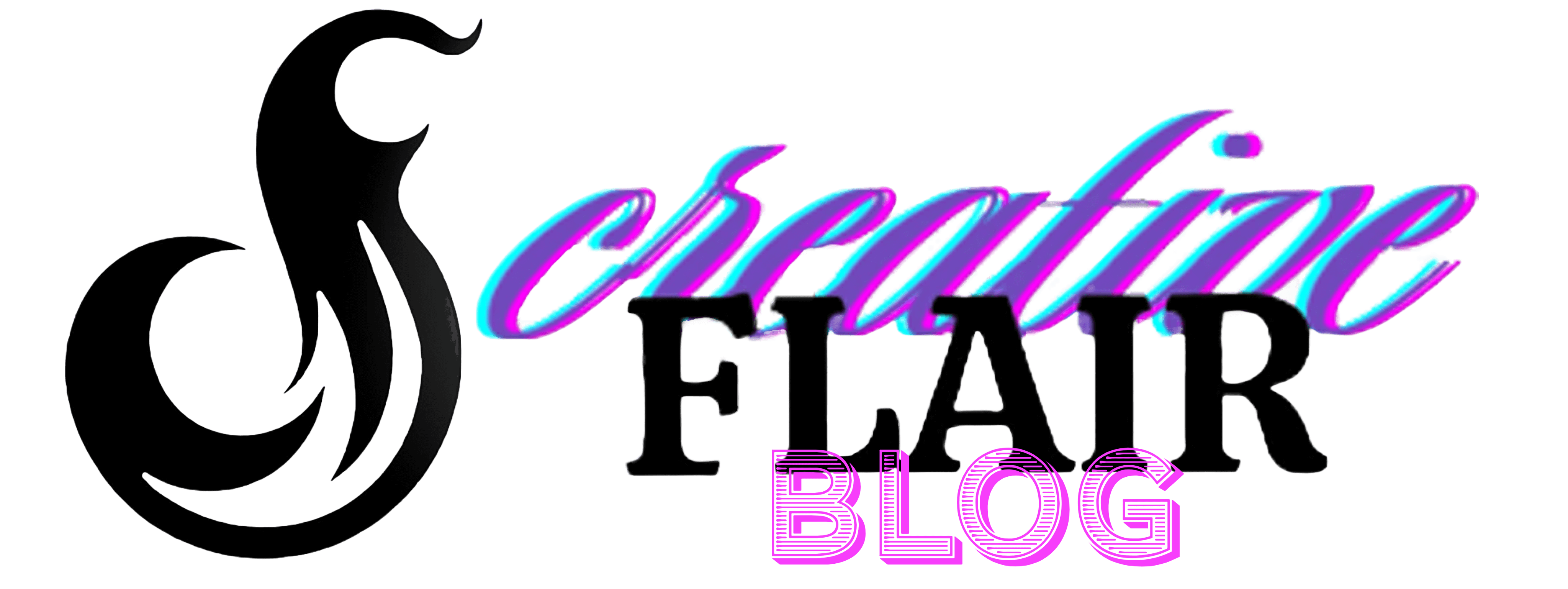Understanding Digital Art Value
The value of digital art stems from the artist's skill, experience, and unique style. Like a chef seasoning a dish, each artist brings their own flavor. Their choice of software tools reflects dedication and professionalism.
An artist's distinctive style often becomes their signature, drawing audiences and creating demand. It's not just what they create, but how they do it that captures attention.
Pricing strategies vary. Hourly rates provide a baseline, with some artists starting at $20-$30 per hour. Flat fees offer clarity upfront. The intricacy of a piece impacts pricing – a simple line drawing differs from a fully rendered scene.
Client type and usage also affect value. A personal gift won't fetch the same price as a brand's ad campaign. Industry benchmarks provide useful guidelines, but the art market allows for flexibility based on reputation and following.
Ultimately, pricing digital art tells a story. Each element – skill, experience, style – contributes to the larger narrative of the artist's journey.

Pricing Models for Digital Art
Digital artists can choose from several pricing models:
- Hourly rates: Ensure fair compensation for time invested
- Flat fees: Offer simplicity and predictability for both artist and client
- Per project pricing: Allows for varying complexity and creativity
Choosing the right model depends on factors like time investment, client expectations, and the nature of the artwork. Some artists may switch between models to adapt to changing demands and personal growth.
These pricing strategies form a bridge between the artist's creativity and the marketplace. They help artists thrive while safeguarding the value of their creations.
Market Research and Competitor Analysis
Before entering the digital art market, artists should conduct thorough research. This involves understanding current trends, buyer behaviors, and competitor strategies.
Market research means tuning into buyer preferences by exploring online platforms, forums, and social media. It's about finding the balance between artistic integrity and market demand.
Competitor analysis involves studying other artists' pricing, quality, and storytelling. This helps position your work effectively on the price spectrum. Look for gaps in the market that you can fill with your unique offerings.
Setting competitive prices requires regular adjustments to stay relevant in the changing art landscape. By staying attuned to market rhythms and observing peers, artists can ensure their work finds its place and flourishes in the digital marketplace.

Adjusting Prices Over Time
Artists often need to adjust prices as their careers progress. This can be due to increased demand, improved skills, or changing market trends.
When demand rises, it's like a spotlight shining on previously overlooked work. Improved skills add depth and nuance to an artist's repertoire. Market trends influence popular styles and mediums.
Price adjustments should be strategic, considering timing and market readiness. A gradual approach often works best, respecting loyal followers while attracting new patrons.
Artists can explain price changes by sharing stories of their creative growth. This helps audiences understand the value behind new price tags.
Adjusting prices affirms the artistic process, showing that art evolves alongside the artist's skills and market relevance.
Communicating Value to Buyers
To connect with buyers, artists should share the story behind their work. This turns art from a product into an experience that invites the buyer into the artist's world.
Transparency in pricing builds trust. Explain the factors that contribute to the final price, such as time invested and creativity required.
Use digital platforms to share behind-the-scenes glimpses and personal anecdotes. This could include:
- Timelapse videos of the creation process
- Live sessions where viewers can ask questions
- Virtual gallery tours
- Interactive events
By combining transparency and storytelling, artists create a connection that goes beyond the transaction. Buyers don't just see the price; they understand the value woven into every detail of the artwork.
In digital art valuation, recognizing the artist's journey is key. Each piece tells a story of growth, skill, and personal expression, inviting others to connect with the artistry involved.
- McAndrew C. The Art Market 2023. Art Basel and UBS; 2023.
- Artprice.com, ARAA. The 2022 Global Art Market. Artprice and Artron Research Academy of Arts; 2023.
- Sotheby's, ArtTactic. Sotheby's Insight Report – Peak Performance: The Art Market Beyond $1 Million, 2018–2022. Sotheby's; 2023.
























